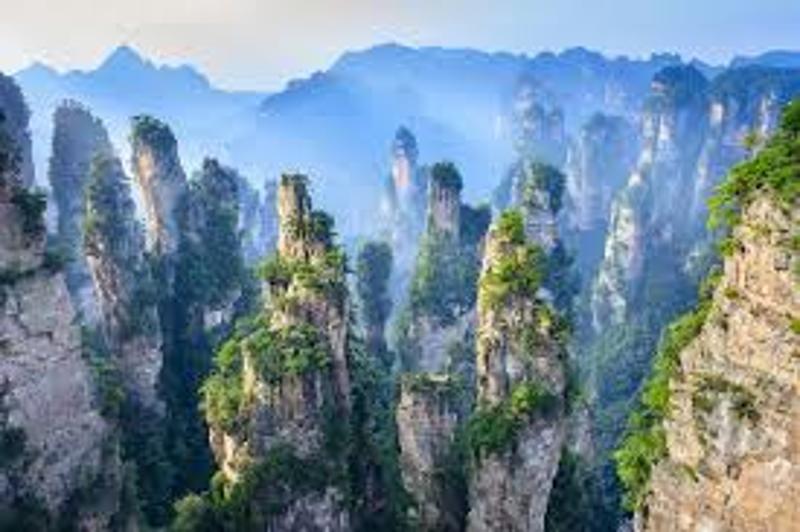
What Was the Old Name of Zhangjiajie?
The Old Name: Dayong
Zhangjiajie, a city renowned for its breathtaking natural beauty and stunning rock formations, wasn't always known by this name. In fact, for centuries, this mesmerizing destination was known as Dayong (大庸).
Dayong held a significant place in Chinese history, dating back to the Tujia dynasty. The name "Dayong" itself is deeply rooted in the region's past, reflecting its historical and cultural significance.
The Transition to Zhangjiajie
The city's name officially changed from Dayong to Zhangjiajie in 1994. This pivotal decision was made to boost tourism and give the area a more distinct and memorable identity. But why "Zhangjiajie"?
The new name was taken from the Zhangjiajie National Forest Park, a UNESCO World Heritage Site located within the city's administrative area. This park, known for its towering sandstone pillars and lush greenery, houses a small village that also bears the name "Zhangjiajie".
| Feature | Old Name (Dayong) | New Name (Zhangjiajie) |
|---|---|---|
| Meaning | Historical and cultural significance related to the Tujia dynasty | Direct reference to the famous Zhangjiajie National Forest Park and village within |
| Recognition | Less recognized globally | Internationally recognized as a top tourist destination |
| Focus | Broader historical and cultural context | Highlights the unique natural beauty and tourism potential of the region |
The Impact of the Name Change
The change from Dayong to Zhangjiajie proved to be a masterstroke. The name "Zhangjiajie", inspired by the iconic national park, instantly conjured images of the region's stunning landscapes and natural wonders. This name change, combined with strategic marketing efforts, catapulted Zhangjiajie onto the global tourism map.
Today, Zhangjiajie is no longer a hidden gem but a thriving tourist destination, attracting millions of visitors annually. While the old name "Dayong" still holds historical relevance, "Zhangjiajie" has become synonymous with awe-inspiring natural beauty and unforgettable travel experiences.
FAQs
1. Why is Zhangjiajie so famous?
Zhangjiajie is famous for its unique and breathtaking sandstone pillars, which served as inspiration for the Hallelujah Mountains in the movie Avatar. The region's stunning natural beauty, coupled with its rich biodiversity, makes it a popular destination for nature lovers and adventure seekers.
2. What is the best time to visit Zhangjiajie?
The best time to visit Zhangjiajie is during the spring (April-May) and autumn (September-October) seasons when the weather is pleasantly mild, and the scenery is at its prime with vibrant foliage.
3. What are some of the must-see attractions in Zhangjiajie?
Besides the Zhangjiajie National Forest Park, other must-see attractions include the Tianmen Mountain, the Bailong Elevator (Hundred Dragons Elevator), the Golden Whip Stream, and the Yellow Stone Village.